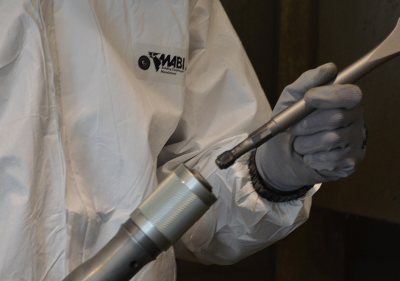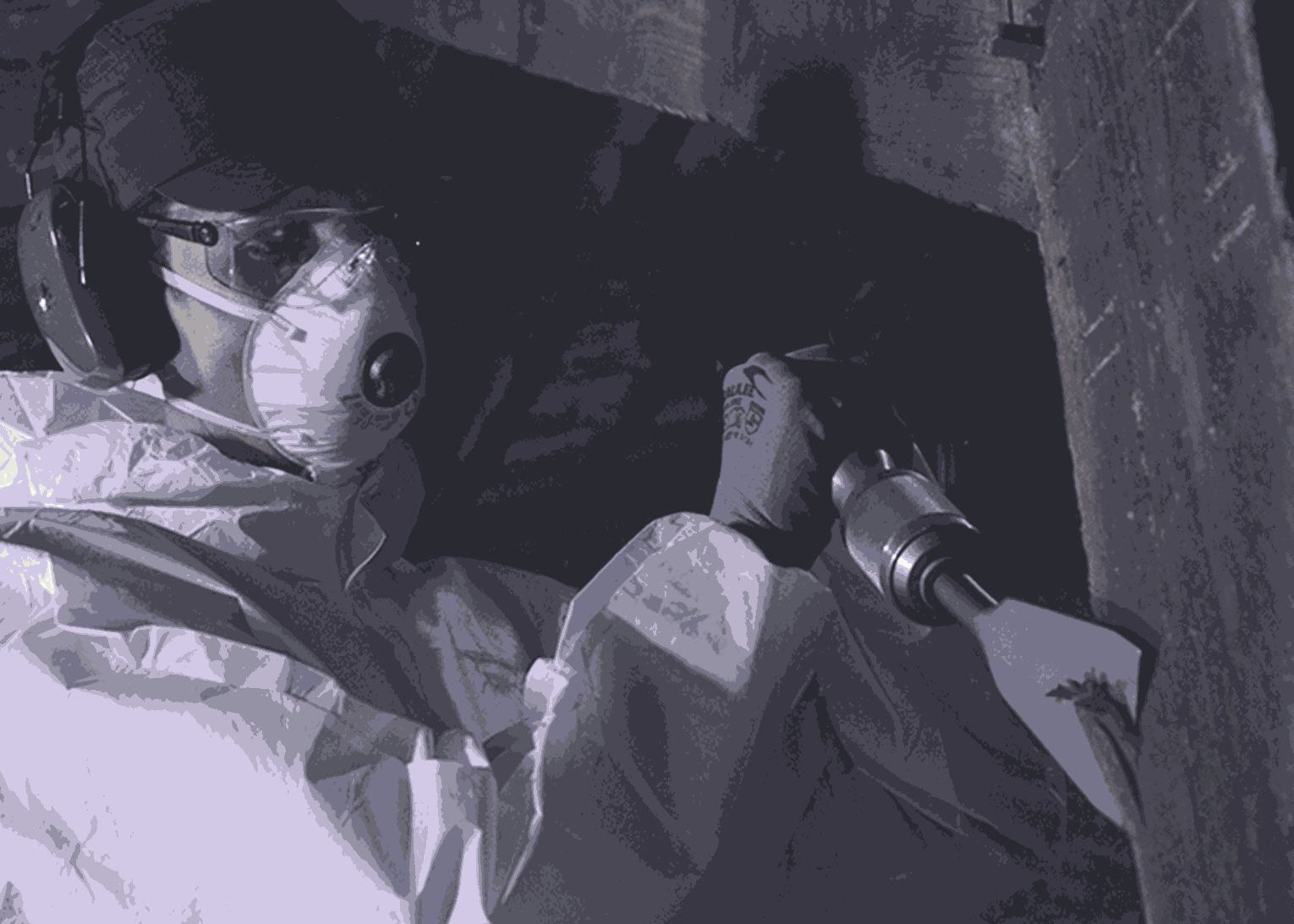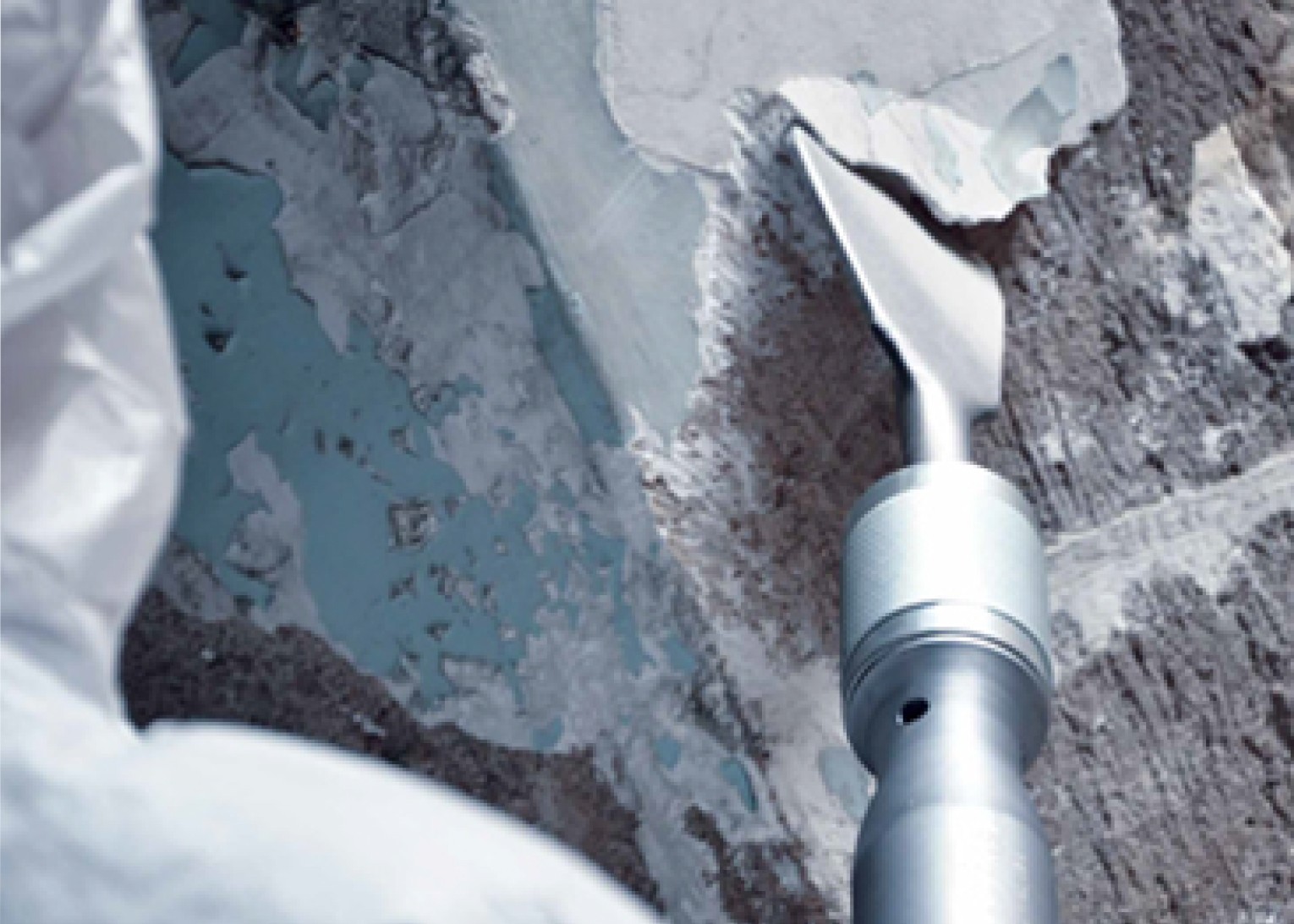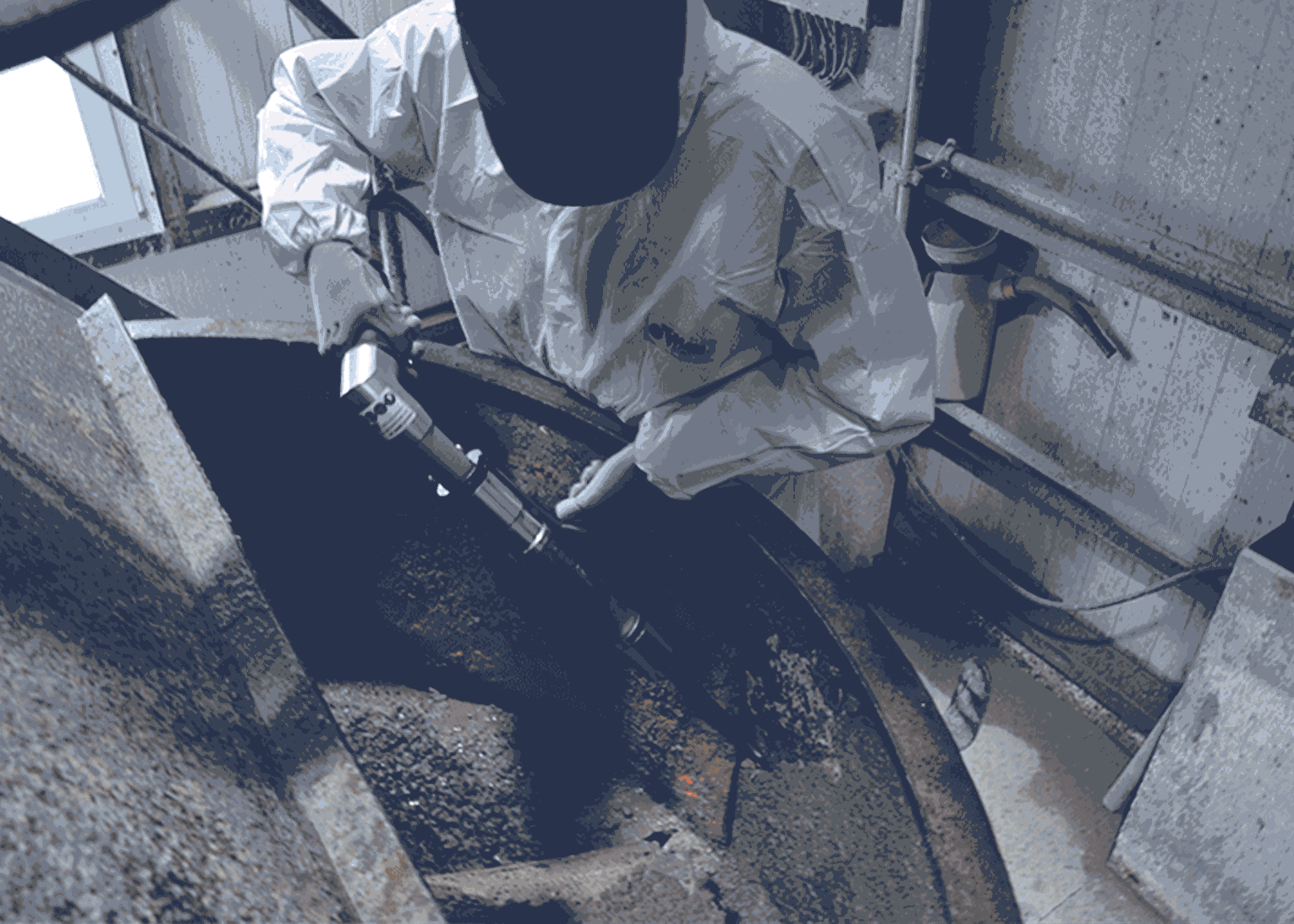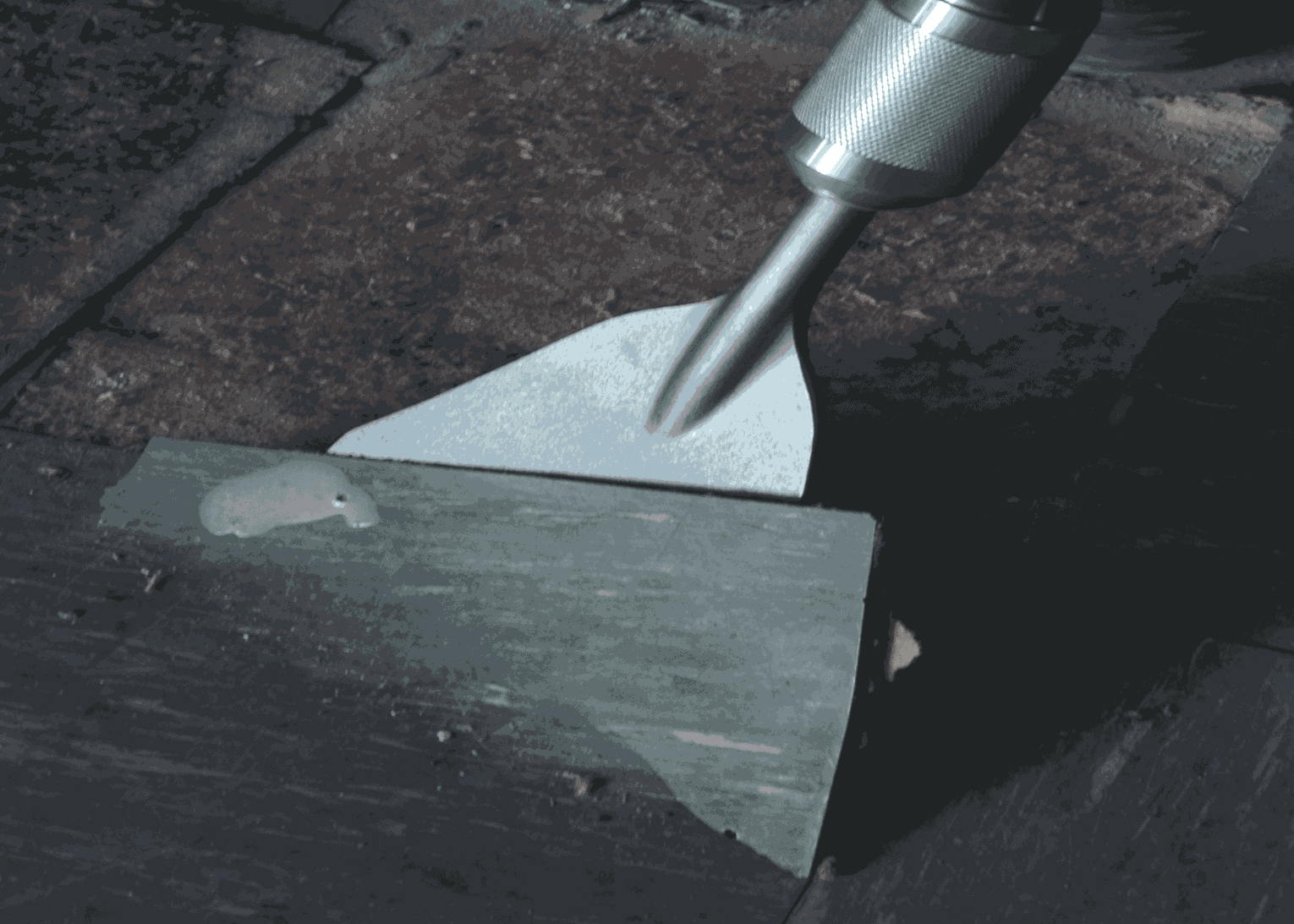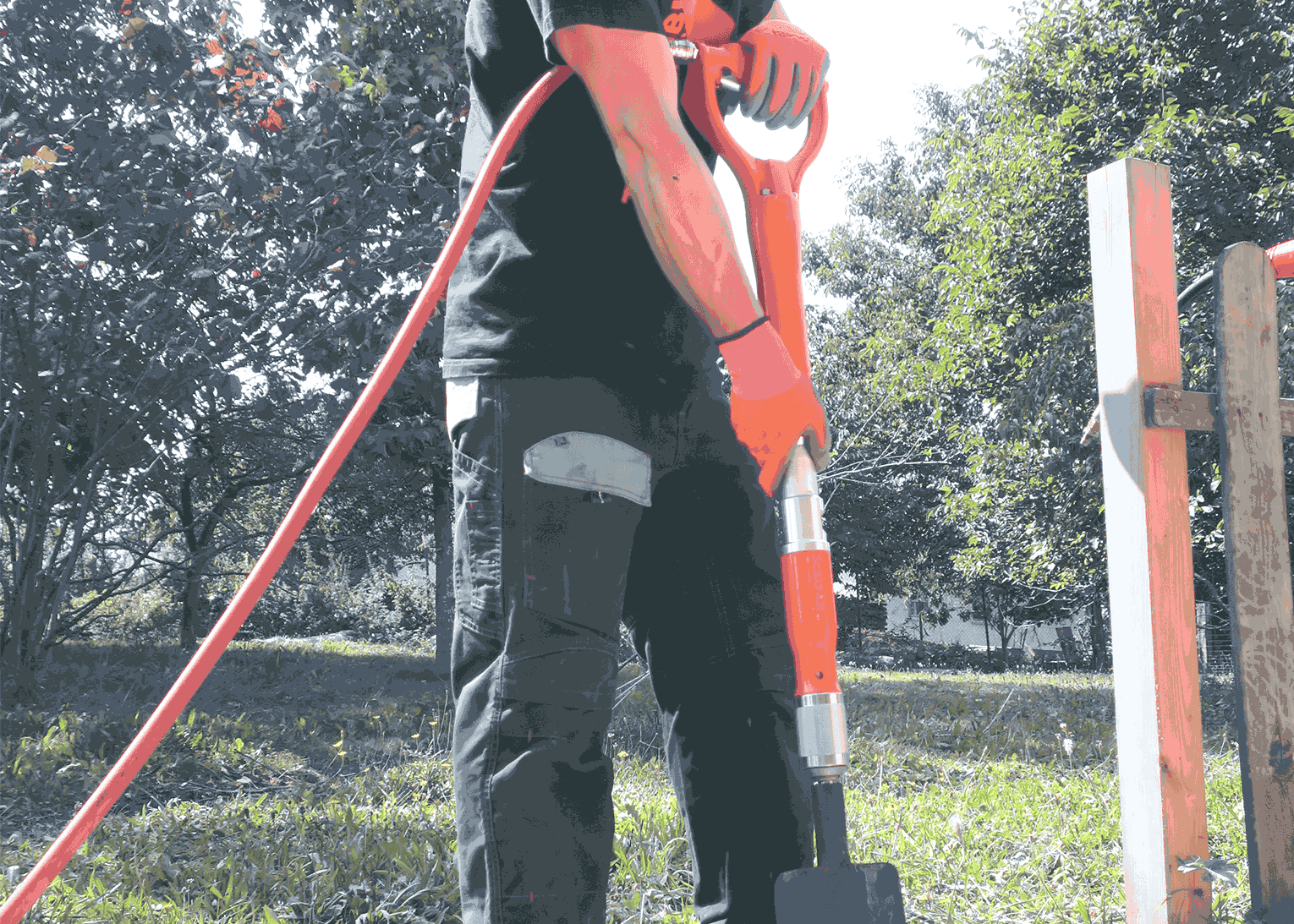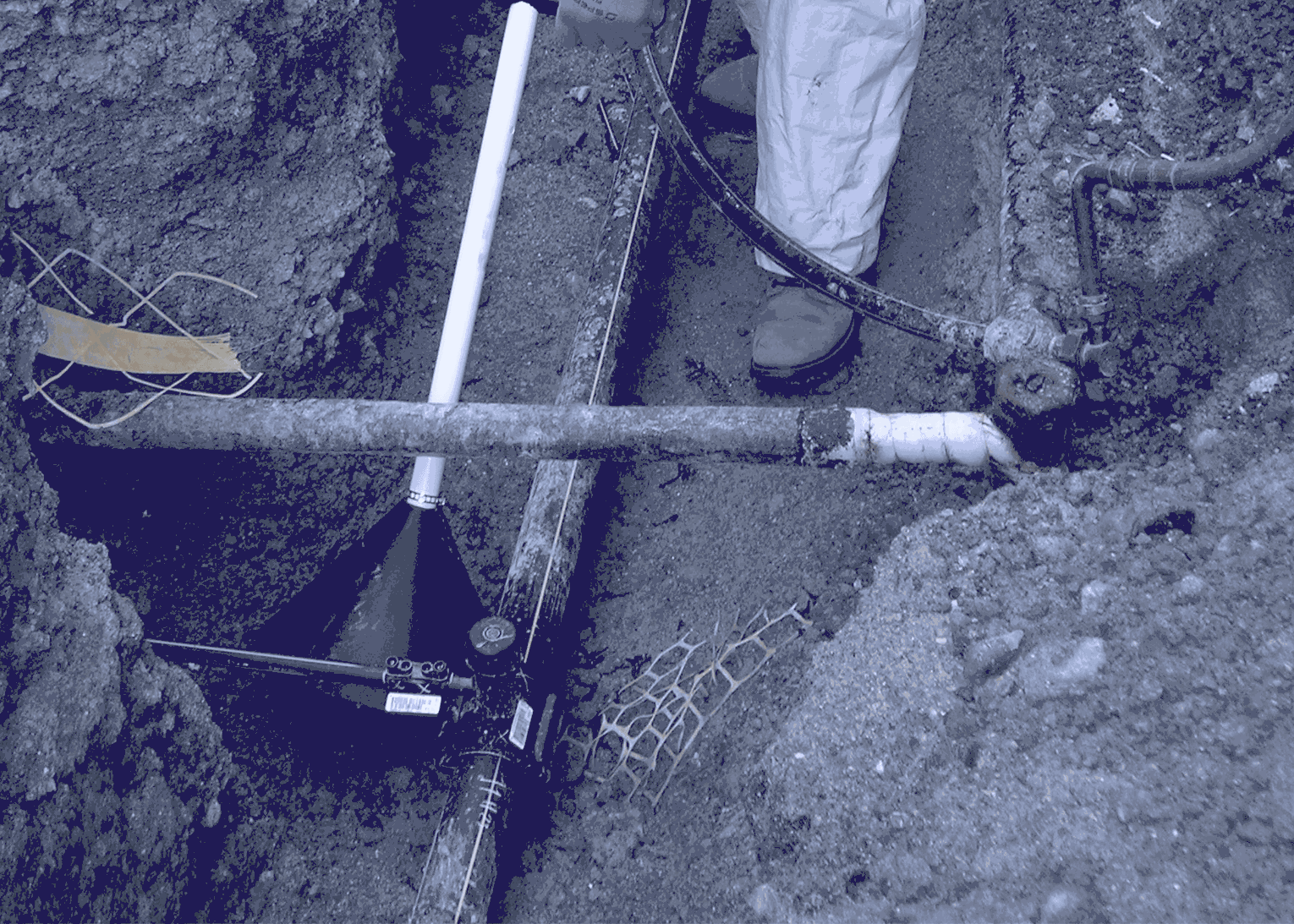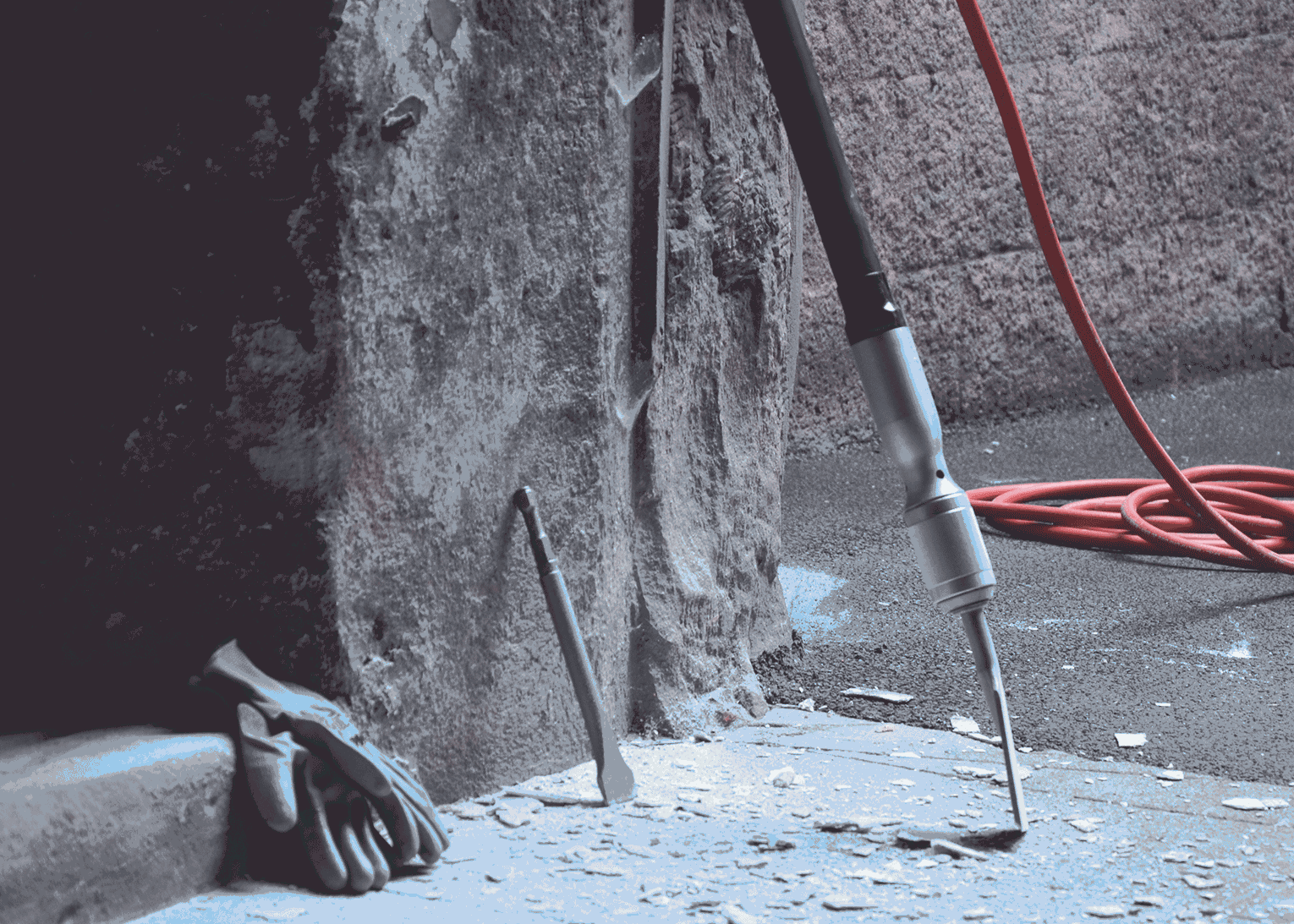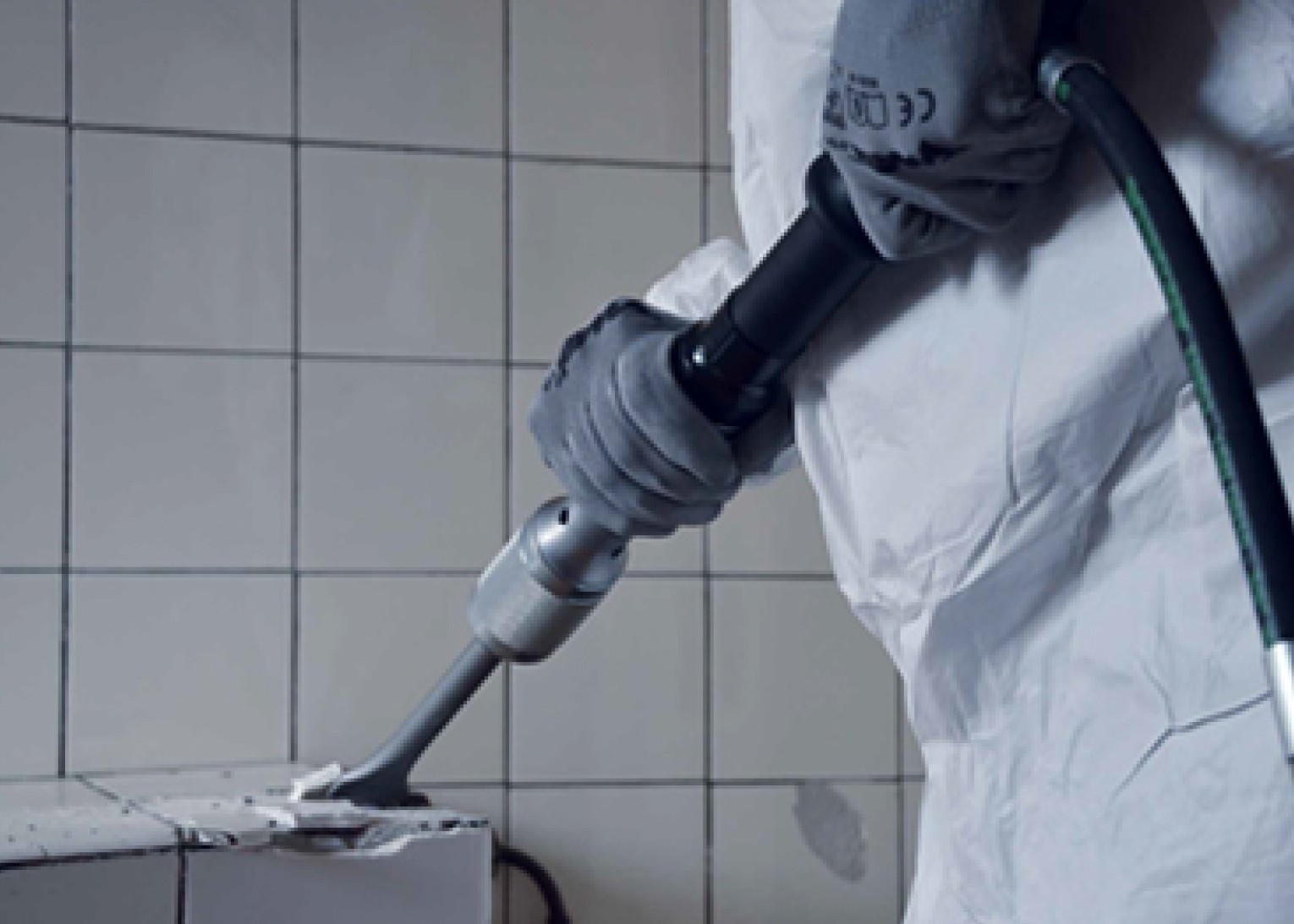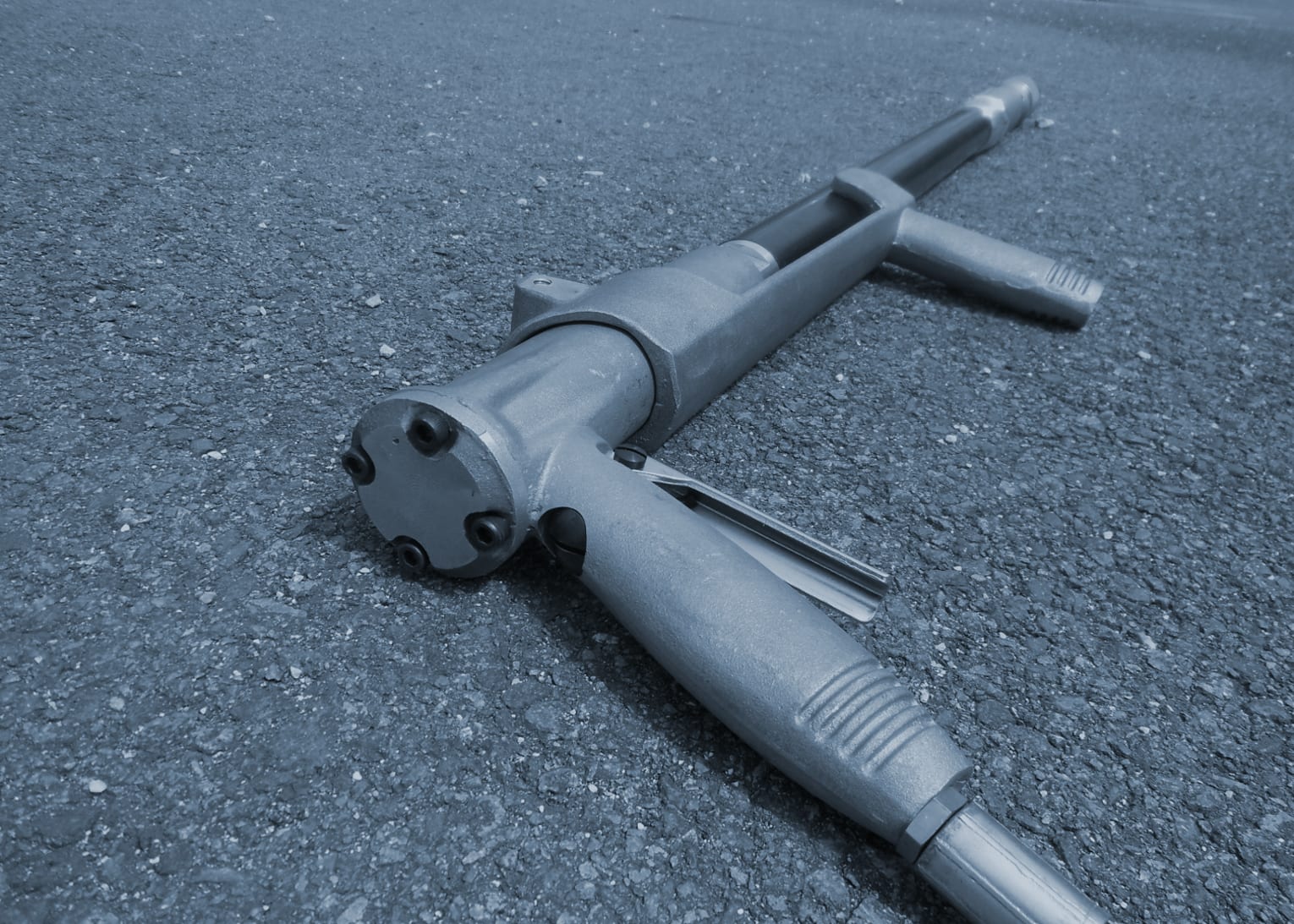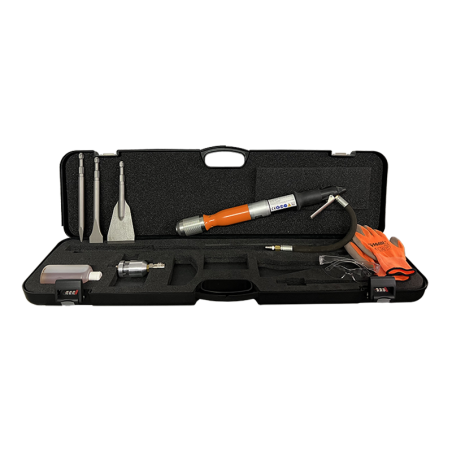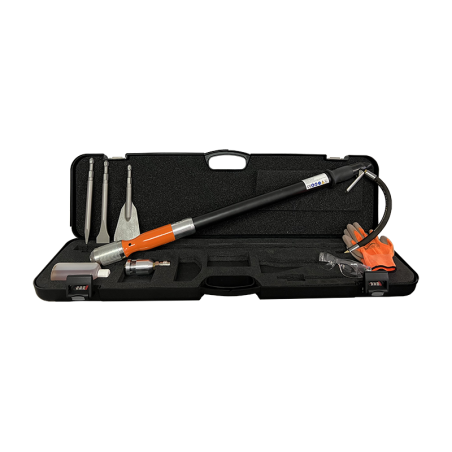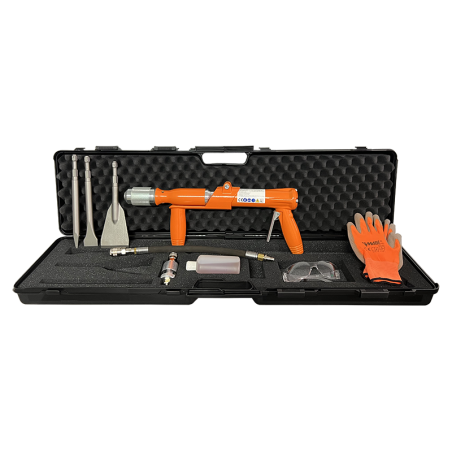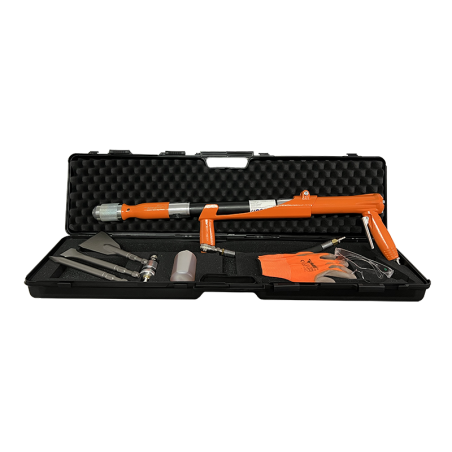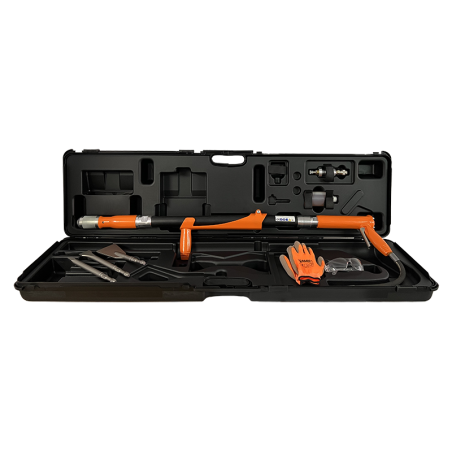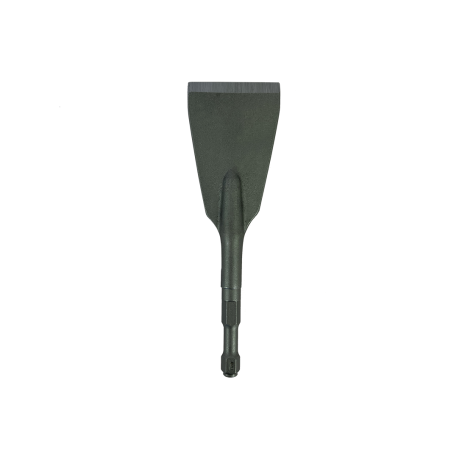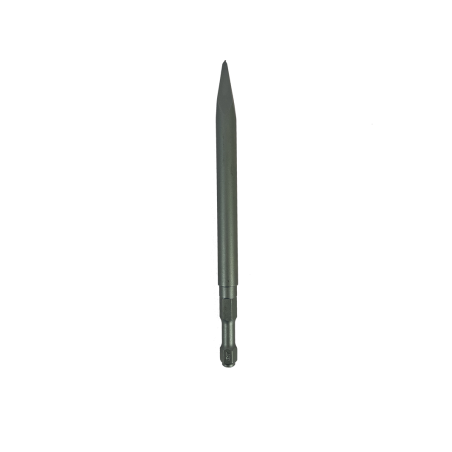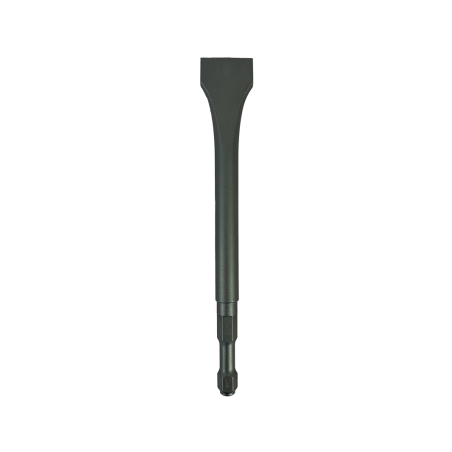Asbestos removal
Asbestos removal work: how to remove materials that contain asbestos
Until the 1990s, asbestos was widely used for fire protection, thermal insulation and soundproofing in homes, as well as in industrial settings. However, as asbestos is a toxic material, it was banned from the building industry following the amendment of decree 96-1133 of 24 December 1996, and asbestos removal work is now being carried out.
The asbestos removal process
Asbestos removal is an extremely delicate procedure that can only be carried out by certified companies and professionals specialising in asbestos, made up of certified experts and covered by civil liability insurance.
There are several stages in the asbestos removal process:
- Detection of asbestos in various parts of the premises before work or demolition.
- Setting up a containment zone to prevent the spread of asbestos fibres.
- Removal of asbestos-containing materials in compliance with current regulations: this stage involves removing and disposing of all asbestos-containing products and materials.
- Regular checks: throughout the worksite, checks are carried out to measure the concentration of asbestos fibres in the air.
- Disposal of asbestos waste following current regulations: decontamination and total elimination of all waste.
These challenging but essential asbestos removal projects are the perfect testing ground for Scrap'Air pneumatic scrapers.
Thanks to their weight/power ratio, lightness and manoeuvrability, pneumatic scrapers can work quickly and safely in extreme environments.
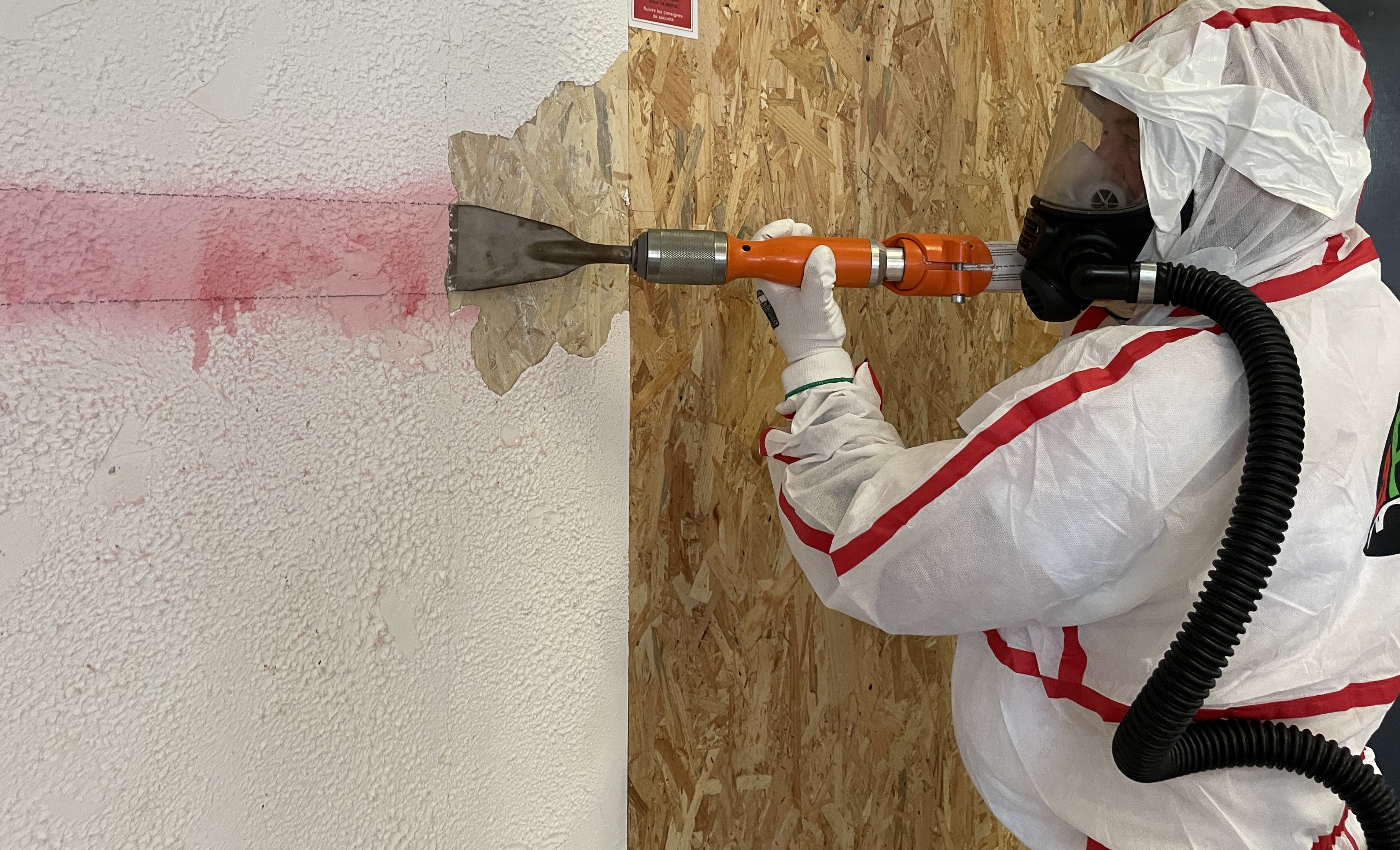
⚠️ ALL TOOLS ENTERING THE ASBESTOS REMOVAL AREA WILL BE CONTAMINATED BY ASBESTOS FIBRES. PNEUMATIC SCRAPERS MUST BE DECONTAMINATED BEFORE LEAVING THE DECONTAMINATED AREA. ⚠️
Choosing a Scrap'Air air tool also means investing in long-lasting tools that can be decontaminated and stored in their case before the next job.
Asbestos can be found in materials on floors and walls. The different lengths offered in the Scrap'Air range of pneumatic scrapers enable users to adapt the tools to suit the constraints of their jobsites. Short or medium-handled scrapers are ideal for work on walls or ceilings. As for the long-handled versions, they ensure a good working position when stripping floors.
With a choice of 4 striking forces, you can adapt the Scrap'Air ergonomic scraper to the hardness of the materials to be removed.








